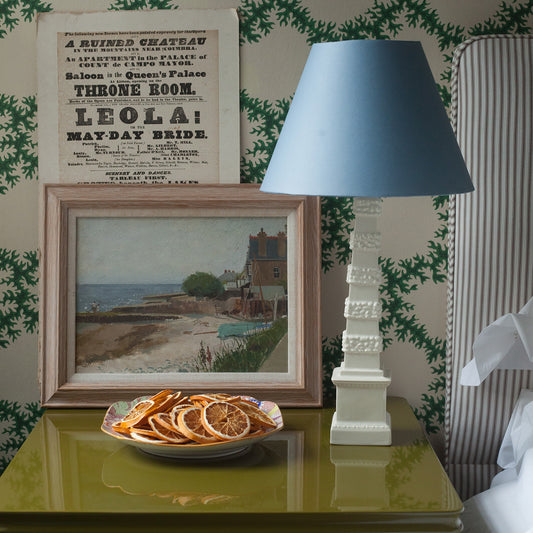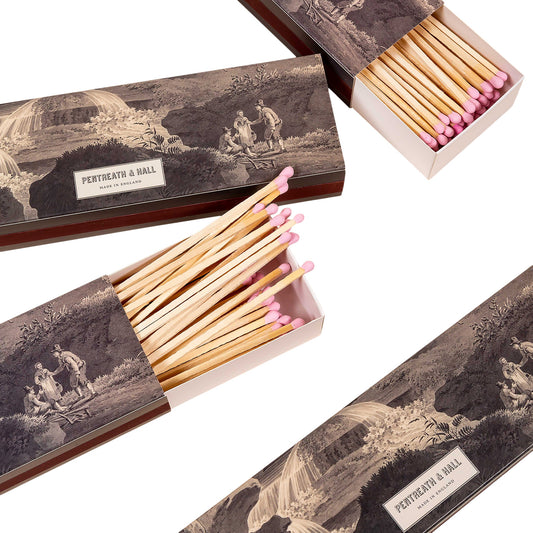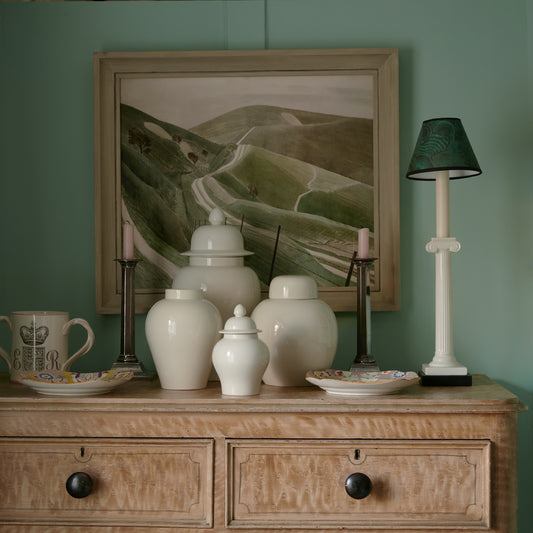I don’t know what it is, but I’ve always preferred a small local museum to the big boys. Something about the charm of the displays; the often rare survivals of cutting edge display designs which are now 30 or 40 years out of date, and so completely perfect; their celebration, by definition, of things that are somehow not quite TOP rate (because they all get sent to London), but are all the more interesting for it. Oh – and they always, without exception, contain great examples of pottery, and Victorian letterpress typography.
This Saturday Charlie and I found ourselves in Dorchester. I’ve got to be honest, we don’t normally end up in Dorchester on a Saturday morning. Given the choice we’d normally head to Bridport, or maybe just mooch around at home. Dorchester always feels a little…. sad. Don’t get me wrong. I’m attached to the place – I was born there, after all. And I guess that at least 2 days in every month I spend working on Prince Charles’s new town of Poundbury, the urban extension of Dorchester. But it’s one of those places that you might not necessarily want to potter around and lose yourself in.
Well, I had to make an emergency trip to the bank, which for various reasons took rather longer than expected and Charlie had exhausted the bookshops by the time he came back to find me. We could have jumped in the car and popped along the coast to Bridport, as per usual, but I happened to say – “C, remind me, did we ever go to the Dorset County Museum yet” and the answer was no. So we popped in. It’s perfect.

This is the fabulous Victorian Hall.

I adored this photograph of wool being baled in the 19th century. Something about it reminded me of the Agricultural and Pastoral show we visited in New Zealand back in March…
Or the Locks’ seeds sheds – note the To Let sign… the firm was about to close.
This remarkable shop front is really what Bridie and I would like our shop to look like, as regular readers of the blog will know. So stunningly beautiful.
You will share my heartbreak that the same shopfront today looks like this:

Tiny fragments remain. if you have time, or interest, read my blog from 3 or 4 years ago now – A Manifesto: In Praise of the High Street. My heart sinks. Well done, Santander Bank.
Here is a photo of the High Street in the late 19th century, but I love the fact that the photographer is a rare enough sight to make people watch and stand still. And I love that pram.
Across the hall, one of many cases containing fine examples of English china, and a friendly slipware owl.
The Victorian Hall is a remarkable feat of cast iron engineering.
Through a corner of a display case in the Archeology gallery, we saw this beautiful painting, in oil, painted in 1933 by an artist called Norman Lupton – The Southern face of Maiden Castle, the great neolithic hill fort that rises to the south of Dorchester. It really is a beautiful painting, and perhaps demands to be better seen. It reminded me so much of Paul Nash, or Ravilious, and we can imagine the warm, breezy summer’s day when it was painted, without a hint of pretension or cleverness – but just carefully applied impasto paint.
I found a better image online:

but which does little to capture the chalky calm of the original. And I found a fragment of a history of Norman Lupton on wikipedia…
brother and sister Agnes and Norman Darnton Lupton, left a substantial bequest to the Leeds Art Gallery in 1952. Norman had attended both Marlborough College and Trinity College, Cambridge and was a mechanical engineer and a successful artist. The sibling’s donation to the gallery – “one of the finest collections of English watercolours in private hands” – included works by John Sell Cotman, Thomas Girtin, and J. M. W. Turner.
I’d love to know more about him.
This is the study of Thomas Hardy, in a corner of the Hardy gallery, 
And in the section devoted to William Barnes, ‘The Dorset Poet’, this beautiful poster. How ideal that the advertisement announces, at the end, that ‘THE ROOM WILL BE WELL WARMED’.

This beautiful panelled room was a gift from Tyneham, the remarkable, abandoned Ghost Village in the isle of Purbeck, which I have yet to visit but we must.

At the front of the museum, the Weymouth Bay Pliosaur, 155 million years old.
This 1960s mural was a little cheerier.

The museum has everything on Charlie and my tick lists; stuffed birds:
Old carts and stencilled signs:
A recreated 19th century cottage, complete with labels and a carbon water filter:


Completely unnecessary but perfect decoration on Pond & Son’s press, from Blandford:

And then THIS. The Museum Society’s Library. The most perfect, dreamy room in the whole of Dorset, perhaps. And just a step away from the High Street.




There is a wonderful, random collection of old chairs, and tucked in the bay window (but just out of sight) an enormous squashy old sofa. Iron spiral stairs lead to the first floor gallery.
Iron spiral stairs lead to the first floor gallery.


And this is the lending book wall. Incredible. A dream.
 Is this not the best room you’ve ever seen? It is open to members only. We immediately joined the society.
Is this not the best room you’ve ever seen? It is open to members only. We immediately joined the society.
I love local museums, but the Dorset County Museum must rate a little more special than many. We made our way home, happy.
But there is a postscript. The story of the weekend does not quite end there. Yesterday night we went to the most amazing 50th birthday party of our friend Edward Hurst, who I have certainly written about before. This was the scene in Edward and Jane’s barn for the great dinner that we were about to enjoy. It’s one of the most breathtaking sights I’ve seen in years.
 Although we were, how can I put it, a little worse for wear this morning.
Although we were, how can I put it, a little worse for wear this morning.
Have a great week ahead.







































